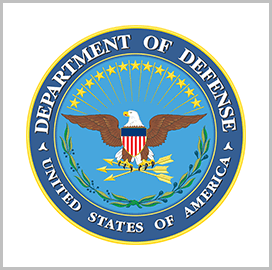The Defense Innovation Unit’s National Security Innovation Network has selected a cohort of 20 companies out of 170 applicants for the 2024 edition of NSIN Vector, a program that aims to support pre-Series A or early-stage ventures seeking to do business with and develop innovations for the Department of Defense.
Under the Vector program, the members of the cohort will work with DOD mentors who, in the next 10 weeks, will provide guidance on the federal procurement process, doing market research, raising capital and how to receive additional resources to scale innovations for DOD use, according to an article posted Monday on the NSIN website.
The cohort members are working on innovations covering a variety of fields, including command and control, resilient position navigation and timing, data sharing, advanced sensing and communications in contested environments.
At the end of Vector, the participants will highlight their achievements during a showcase event, where they will also compete for $50,000 in prizes.
Commenting on the selections, NSIN Venture Portfolio Director and Defense Innovation Unit Global Partnerships Deputy Director Abigail Desjardins welcomed the program’s participants, saying, “With the help of the Vector’s government and alumni mentors, these teams will grow, gain perspective on dual-use business, and plug into an incredible defense innovation ecosystem. In return, they will provide the DoD with access to leading-edge technologies that have the potential to address key modernization priorities.”












